Did you know that anytime you open your watch that you should check the quality of your back gasket? Most watch leaks come from a leaking back gasket. Learn how to replace your watch gasket with this helpful guide.
Tools Needed:
- A pair of tweezers
- A replacement watch gasket
- A digital gauge
- And silicone sealant or grease
Step 1
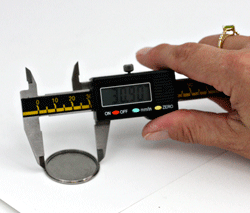 First, before you order your new replacement gasket, you must measure the outside diameter of the back to ensure the gasket will fit tightly. Take the watch case back and place it upside down on a flat surface.
First, before you order your new replacement gasket, you must measure the outside diameter of the back to ensure the gasket will fit tightly. Take the watch case back and place it upside down on a flat surface.
Before measuring the gasket, you will need to remove the old gasket if it has not already broken and fallen off on its own. Remove the old gasket by pulling the gasket away from the back with your tweezers and sliding it off the back.
Then, using a digital gauge to get an accurate measurement, measure the outside diameter of the inside lip on the gasket, where the old gasket was seated. This will get you the diameter you need for your new gasket.
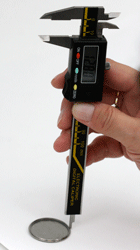
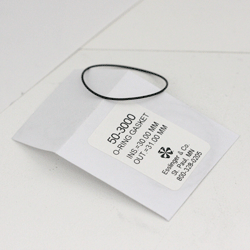 Step 2
Step 2
Next, you must measure for the thickness of the gasket. Using the opposite end of the digital gauge, measure the depth of the inside lip of the back from the bottom edge to where the gasket should rest.
Step 3
Once you have these two measurements, you can order the new gasket with confidence knowing it will be the right size for your watch case back.
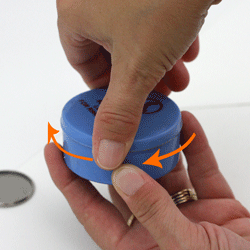
 Step 4
Step 4
When you have your new gasket, before you can put it on the watch case back, you must lubricate it to ensure a strong and tight seal.
Place the new gasket in the Silicone Sealant box, close the box and twist the lid to ensure the gasket is liberally coated with grease. This will extend the life of your gasket and improve the watch case’s seal keeping out dirt and moisture.

 Step 5
Step 5
Now you are ready to place the gasket: Slip the gasket over one side of the case back lip, hold it in place with your thumb. Then, using your index finger and thumb of your other hand, stretch the gasket slightly to allow it to slip around the rest of the case back lip and fit into place.
Step 6
Once your gasket is in place, but before you can close your watch case back you need to be sure the watch is dry inside. This is particularly important if there was any moisture in the watch when you started to replace the gasket.
Either way, just to be sure, it is best to let the watch case dry out before you close it. Place the watch case under a light bulb to dry.
Finished
NOTE: A properly sealed case back does not guarantee the entire watch is waterproof. There are other components and gaskets of the watch that can let moisture, dirt and water in. How to Waterproof a Watch
Once you are satisfied that your watch case is dry, firmly close the watch case back to the watch case to create a tight seal.
For more information about how to repair watches, visit our Learning Center.

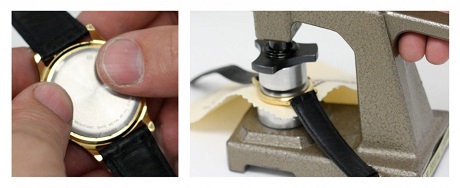

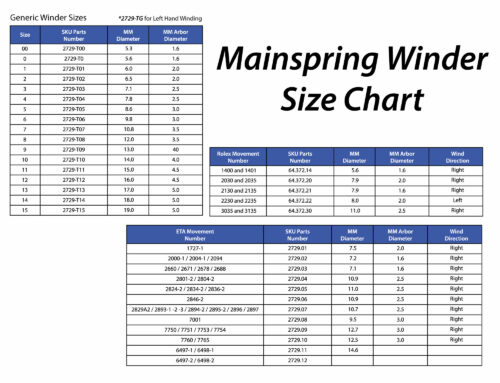
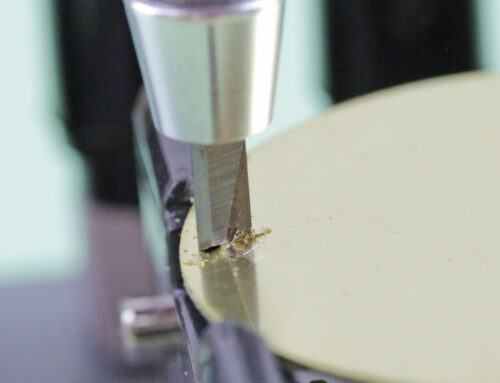
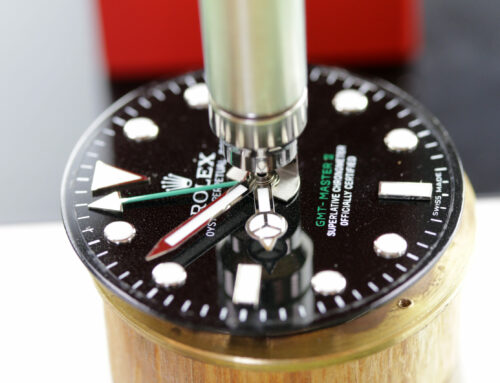
Nice blog! I have read your informative article and got new ideas about how to replace a rubber O-Ring watch back gasket. Thanks!
What about lube if reusing the old gasket?
Between steps 3 and 4, you make the following comment: Be sure to order a gasket that is point-one millimeter smaller in diameter than measured to ensure a tight seal. Do you mean 1.0 mm smaller? I think 0.1 mm smaller in diameter would not make any significant difference in how well the gasket fit. Another website said to subtract 1 to 2 mm to get the correct diameter for the gasket: “You should order a gasket 1-2mm smaller than your watch back to assure a tight fit. They stretch.”
If you have any more info or opinions on what size gasket to order (and how much to subtract from the measured watch diameter), that would be good to hear.
have read your informative article and got new ideas about how to replace a rubber O-Ring watch back gasket. Thanks!
it really feels great. Thanks for sharing such a valuable information which is very hard to find normally. I have subscribed to your website and will be promoting it to my friends and other people as well.